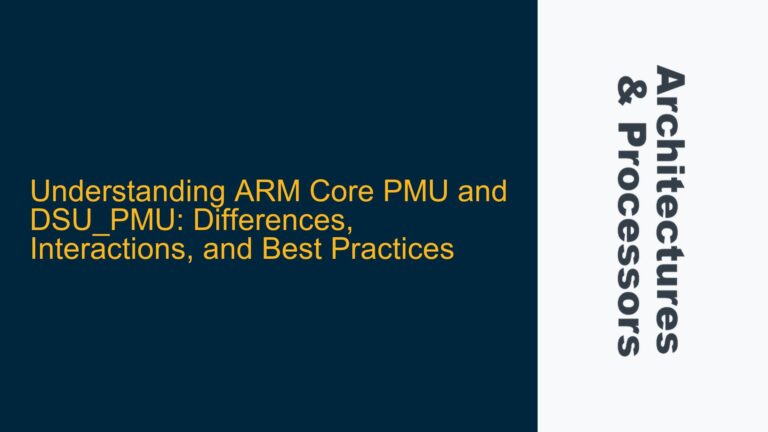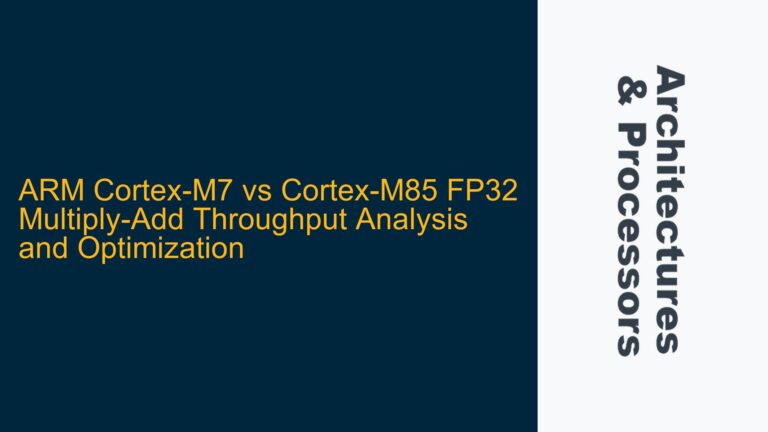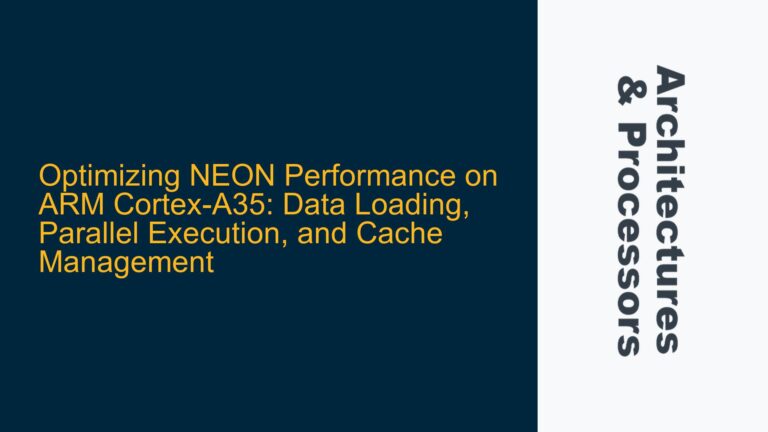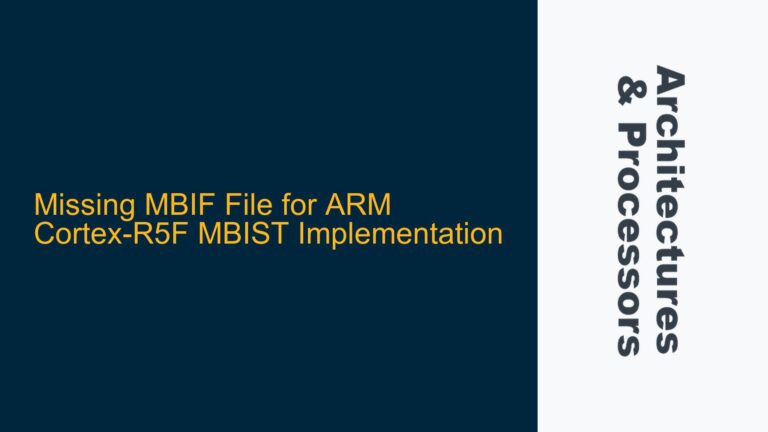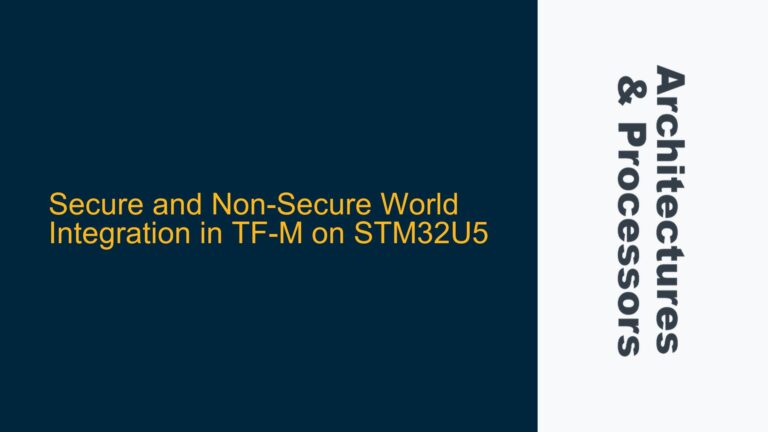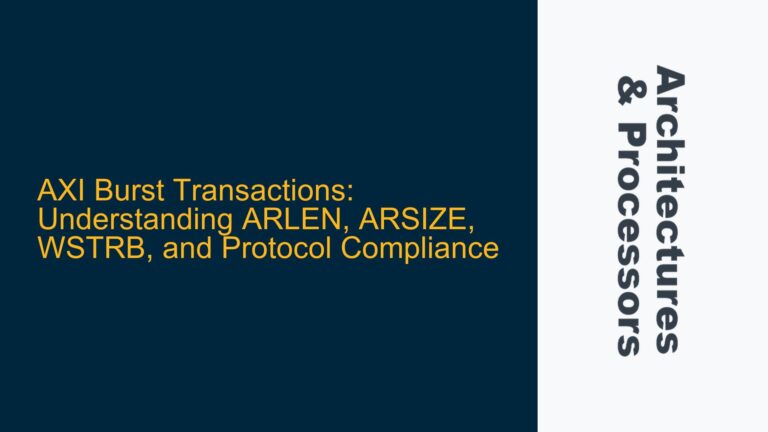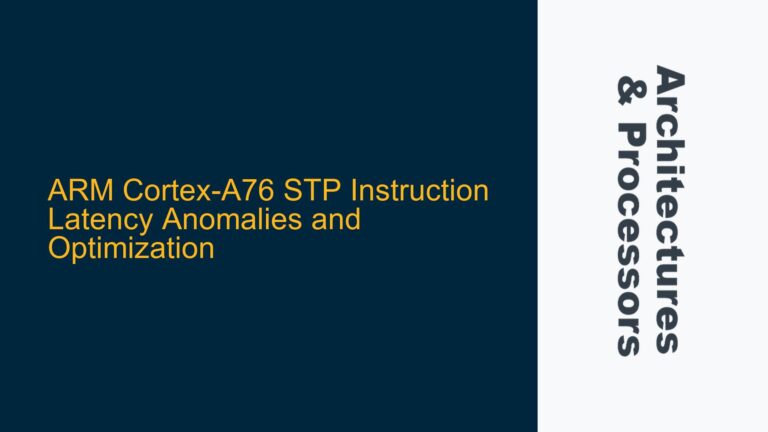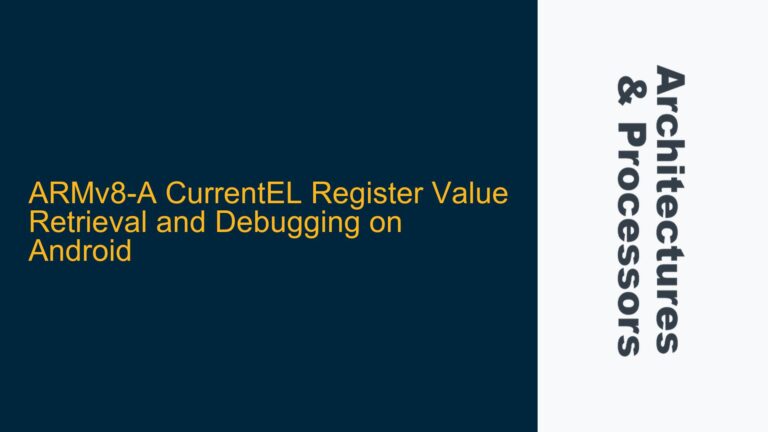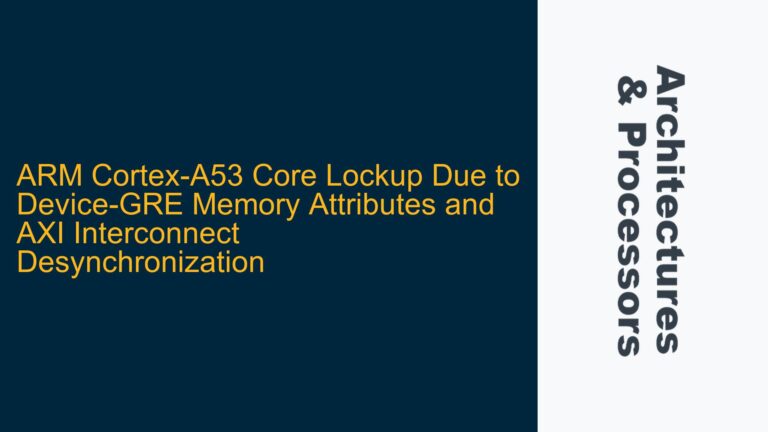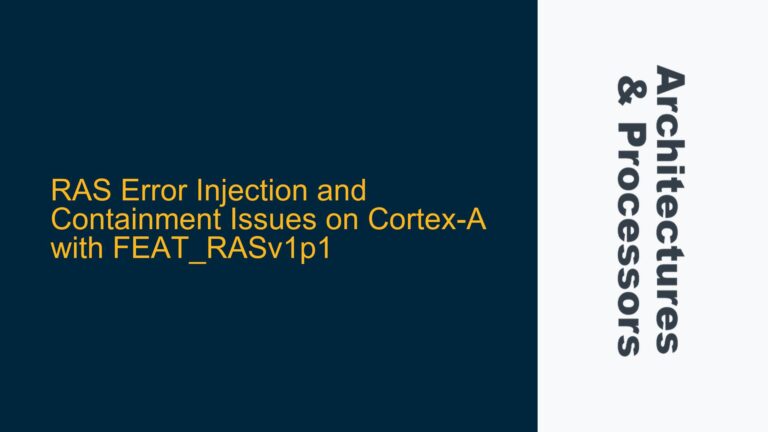ARM Core PMU and DSU_PMU: Differences, Interactions, and Best Practices
ARM Core PMU and DSU_PMU: Separate Hardware Components with Distinct Roles The ARM Core Performance Monitoring Unit (Core PMU) and the DynamIQ Shared Unit Performance Monitoring Unit (DSU_PMU) are two distinct hardware components designed to monitor different aspects of system performance. The Core PMU is integrated within each ARM Cortex core and is responsible for…
